The ever-changing food packaging industry has also lent itself the also importance of quality materials for upholding not only the integrity of any given product but also the brand's reputation. One of the most vital elements of this industry is that of Sugar Packaging Bags that help keep the product safe while at the same time gaining consumer interest by way of both its design and functionality. Hubei Jinde Packaging Co., Ltd., is aware of the complexity involved in ensuring that the right packaging is chosen for such products as sugar, considering both the aesthetic as well as safety needs required.
With so many options available in the marketplace, the selection process for the right Sugar Packaging Bag is likely to be overwhelming. This blog offers some very fundamental tips to help the manufacturers and retailers in identifying superior packaging bags that would uplift their sugar products' usability and visibility. Material selection as well as design considerations will be some salient points the readers will find in this blog concerning the factors that render packaging effective and thereby help them make informed choices that resonate well with their business objectives while maintaining quality in all aspects.

When considering the importance of quality sugar packaging bags, it is important to understand that their definition preserves product integrity and ensures safe movement from one place to another. Quality packs do not only preserve the purity of sugar; they also protect it from outside contaminants, thus making food production more secure. In an environment where sustainability receives more priority, sustainable materials can embrace sugar products within the competition. Besides, with increased sugar production exports, especially from countries like India, packaging becomes one of the most important areas of attention in the driving power for international buyers. Quality packaging reflects consideration for standards and reliability and hence attempts to assure buyers that what is delivered is worth the price. Thus, marketing emphasis on quality builds better branding and trust, which is expected to be translated into sales in a crowded market. Innovative and sustainable packaging solutions can make products unique and cater to the increasing demand from consumers for green-conscious alternatives.
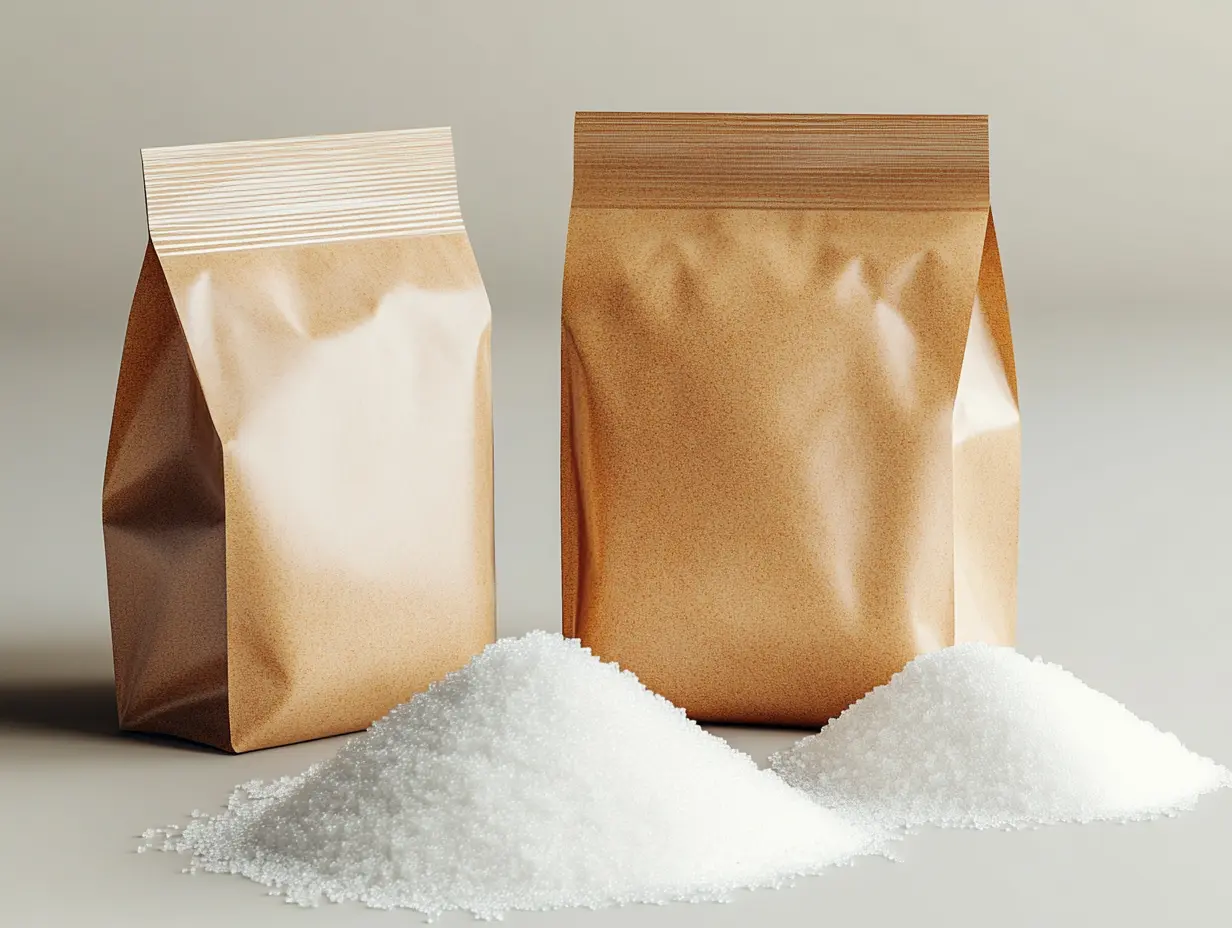
Understanding certifications and compliance standards would be important when sourcing for quality sugar packaging bags. The most recent changes made to the sugar packaging and labeling standards, which took effect on the 1st of July, provide the essence of government's adherence to regulations. The aim is to guarantee the wealth of retail essential safety and quality traits, specifically for brown and granulated sugar.
Also, it emphasized the Government's intention to having jute and HDPE bags manufactured through sugar mills as complying with BIS standards as possible for advocating the sustainable packaging solution. Environment sustainability is a dynamic issue, with bioplastics and other materials that emphasize environmental concern being integrated into the process of packaging practice. The packaging industry must, therefore, have built the specific certifications that meet compliance mandates while promoting a circular economy in the industry.
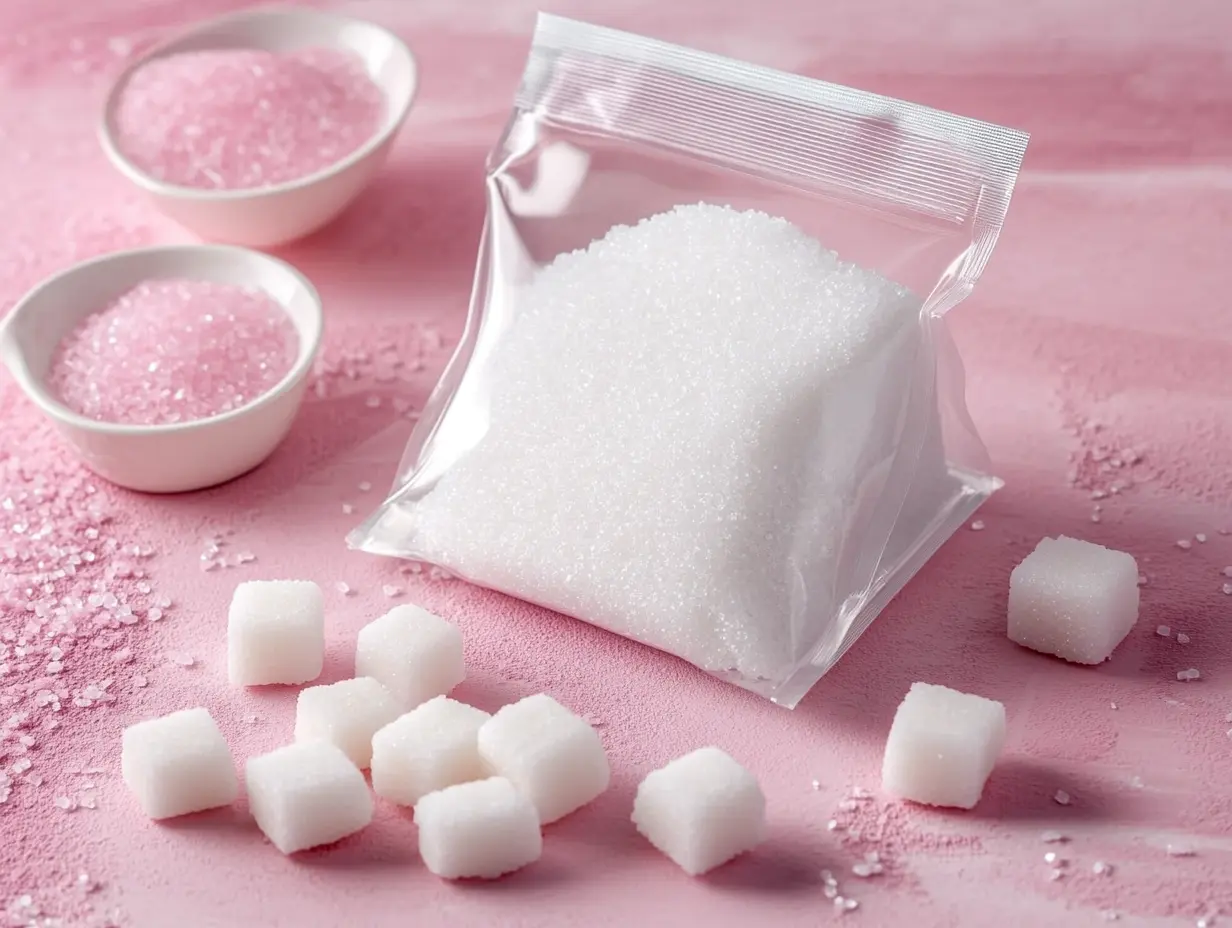
Rightly so, innovative designs and features in sugar packaging bags are vital for the resulting product appeal and sustainability. It was recently announced that sugar mills should use jute and HDPE bags in line with BIS standards. It thus reflects the drift towards the more eco-friendly materials in the government. Being biodegradable and reducing the environmental impact with the strong durability it offers, jute has provided a solution.
In addition, the leaders in Kenyan-born manufacturers introduced polypropylene bags, since this follows another quickly becoming reusable trend. These bags are made to be resistant to certain conditions which would make them quite fitting for sugar packaging. Gains made by brands as a response to what their consumers demand in terms of quality and sustainability have been achieved by establishing this new solution in packaging. They pack the product and are important in branding and marketing strategies.
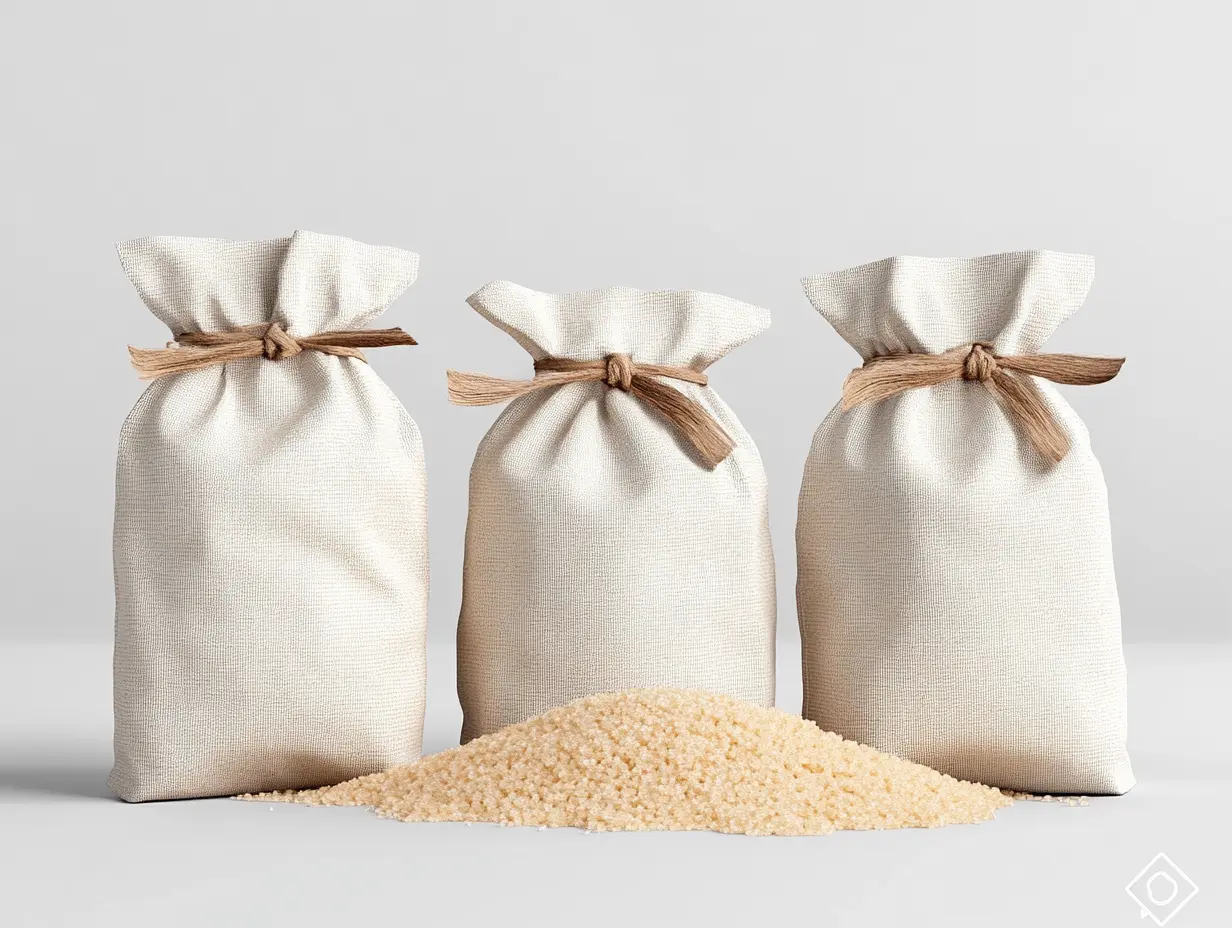
The reliability and experience of suppliers in the sourcing sugar quality bags is established with the track record of suppliers in the segment. Most suppliers who have established themselves for a number of years mirror stability and devotion to quality, which most be available to fulfill demand from international buyers. The case is even though significant considering there is a rise in sugar exports as in the case of skyrocketing sugar shipments from India. Suppliers need to prove their ability to deliver on time and at a price but also be within standards when it comes to the quality of their packaging.
Another good area to judge the reliability of suppliers is when the company investors into increasing the production of sustainable environment friendly packaging solutions due to increasing market trends. It is a necessity for these companies to connect with suppliers in creative packaging technologies. Together with that fact, it would assure quality packaging that is relevant to the growing trend of having international clients demanding ways of doing business with an eco-friendly view.
Recently, sustainability has been a prime consideration in sugar packaging. In a lot further reflection of growing commitment toward environmentally friendly practices, the government has imposed on sugar mills jute and HDPE bags compliant with the Bureau of Indian Standards (BIS). This order aims to enhance sugar packaging quality and favor biodegradability by substituting plastic with biodegradable materials.
Besides, other sectors are beginning to adopt innovations in using recyclable packaging material that minimizes every possible carbon footprint of the traditional packaging. Wherever possible, sugar producers should support the creation of these options in response to growing demand, thereby joining a global trend toward environmental responsibility. By adopting green packaging, sugar producers would project an image of the sugar industry as a forerunner in the sustainability movement, thereby winning favor with the more conscious consumers.
Sourcing high-quality sugar packaging involves a number of important considerations. First, the choice of materials is of utmost importance. Government policy requirements sustain that jute and HDPE bags are made and meet the stipulated packaging standards. Such materials to ensure the safety and integrity of the sugar as well as responsible sourcing.
Sustainability remains a significant concern. Increased awareness around environmental issues makes biodegradable, or at least reusable options, more favourable. Many manufacturers are going that way, and it could also be seen as cost-effective in the long run. Thus, the packaging of sugar should consider both compliance and green aspects to improve marketing credibility.
It is becoming critical balancing cost and quality in sourcing sugar packaging bags as consumers veer toward sustainable options. Increased spending is increasingly becoming reality for many buyers when looking for eco-friendly packaging that purely progresses with their taste and reflects their value orientations. This trend thus creates an opportunity for innovation among manufacturers in developing materials such as paper bags, which is also gaining popularity in other sectors such as food and beverages, retail, and e-commerce.
This culture is re-casting the future of business toward a mode where an organization will not view sustainability in packaging as a fad but as an essential part of product delivery. With advances in mechanical and chemical recycling, brands can adopt materials responsibly sourced from sustainable sources that resonate well with the environmentally conscious consumers. Such evolvement could lead to premium packaging, enhancing brand identity within sustainability goals. Thus, companies should find this difficult balance between cost management and quality investment for their profit and care for the environment.
Negotiation is an art; when negotiating price for sugar packaging bags with suppliers, clarity of thought and preparation help. An understanding of the current market dynamics is important, more so one that projects growth in the confectionery ingredients market. An observed growth of about 3.8% CAGR can give you possibly an edge while negotiating. Suppliers probably foresee increased demand and thus will be motivated to offer competitive pricing.
With good relations nurtured and maintained with suppliers, negotiation results can only get better for you. Constant communication would build trust and could help you win better terms and more value. Trying to ask for bulk discounts and long-term contracts can help. Trust-based negotiations with suppliers will give you greater results during the procurement of sugar packaging bags that are also quality-made, given that you carry relevant market information with you.
One must understand the core materials involved in sourcing quality sugar packaging bags. The use of jute and High-Density Polyethylene (HDPE) bags in sugar packaging has been mandated by the government, given that they meet BIS standards. Jute is an eco-friendly alternative, which adds to sugar products' eco-friendliness in consonance with the trend of implementing environmentally responsible packaging worldwide.
HDPE bags distinguish themselves by significant strength and durability—they can carry sugar without ripping or leaking issues. This moist-resisting feature of HDPE is crucial for preventing sugar quality degradation during transportation and storage. Given the rising growth in the sugar market, especially in exports, utilization of good quality, regulatory payloads guarantees product fidelity while attracting the consumer's trust.
Like with any commodity, in evaluating the relevant sugar packaging, it is equally important to concern how the material used influences the shelf life. Also, it helps in flavor and texture preservation with the average physical barrier properties. Wide acceptance has been given to materials like polypropylene or jute bags for being environmental-friendly and durable. Suitable packaging is an essential requirement for increasing the shelf life of sugar in keeping it fresh over long time intervals.
Most recent trends show an increase in awareness about going green in terms of packaging solutions. More companies are now opting for recyclable and biodegradable materials and aiming to invest in good quality packaging to improve their product market while also contributing to eco-friendly practices around the industry.
Certifications and compliance standards ensure safety and quality in retail trade, particularly for brown and granulated sugars, and help businesses adhere to government regulations.
Recent revisions in sugar packaging and labeling standards, effective July 1, emphasize the importance of adhering to government regulations to ensure safety and quality.
The government recommends the use of jute and HDPE bags that comply with BIS standards to promote sustainable packaging solutions.
Eco-friendly materials like jute are biodegradable and help reduce environmental impact while providing durability for packaging.
A growing trend includes the introduction of polypropylene bags that are reusable and designed to withstand various conditions, enhancing sustainability.
Innovative packaging solutions not only protect the product but also play a crucial role in branding and marketing strategies, appealing to consumer demands for quality and sustainability.
Supporting a circular economy in packaging helps businesses align with compliance mandates while prioritizing sustainable practices and materials in their production processes.
The government has directed sugar mills to use jute and HDPE bags that comply with BIS standards to enhance sustainability in packaging.
Integrating bioplastics and other eco-friendly materials can enhance the sustainability of packaging practices by reducing environmental impact.
Prioritizing certifications helps businesses meet compliance mandates and supports sustainable practices in the packaging industry, aligning with consumer preferences for eco-friendly products.
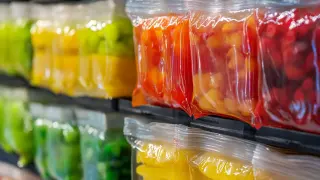
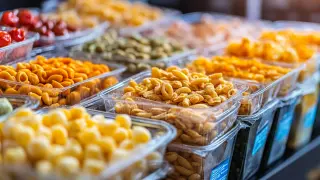
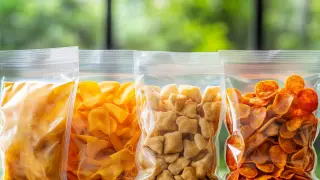
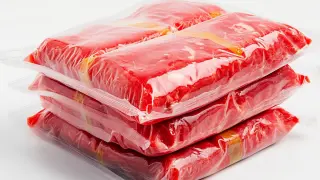


 中国
中国